The Enchanting Asian Pigeonwings
Asian pigeonwings flower, also known as Clitoria ternatea. Native to tropical Asia, this striking bloom is more than just a pretty face in the garden it carries with it a rich tapestry of cultural significance, medicinal value, and botanical charm.The Asian pigeonwings, sometimes called the butterfly pea, is a fast-growing, perennial climbing vine that belongs to the pea family (Fabaceae). Its distinctive flowers are typically a vivid indigo blue with yellow or white markings, although white and pink varieties also exist. Shaped like a conch shell or butterfly wings, the flower is not just beautiful it’s uniquely symmetrical and visually striking.
In Ayurvedic and traditional Chinese medicine, the Asian pigeonwings is celebrated for its healing properties. Known for its nootropic and adaptogenic effects, it has been used to support brain health, reduce stress, and combat anxiety. The roots, seeds, and flowers are said to have various medicinal applications, including treating inflammation, improving memory, and promoting healthy skin.
In Southeast Asia, particularly Thailand and Malaysia, the Asian pigeonwings flower has long been used in traditional cuisine. Its petals are often steeped to create a natural food coloring or herbal tea known as nam dok anchan. This tea, popular for its mesmerizing color, changes from blue to purple with a splash of lemon juice thanks to the flower’s anthocyanin pigments.Beyond drinks, the extract is used to color rice dishes, desserts, and even cocktails. It’s nature’s own food dye, free from chemicals and rich in antioxidants.
Captured by @pixelmit – bringing nature’s wonders to life, one frame at a time.From vibrant petals to fleeting moments,every shot tells a story worth sharing.
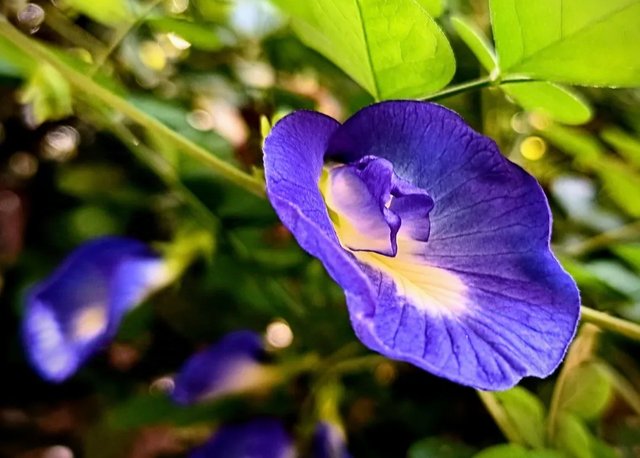
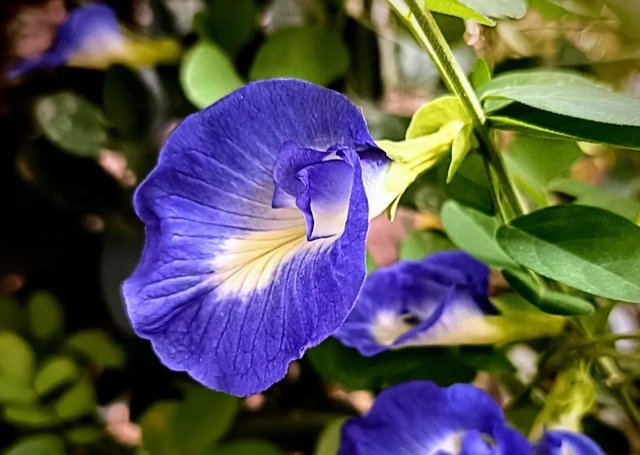
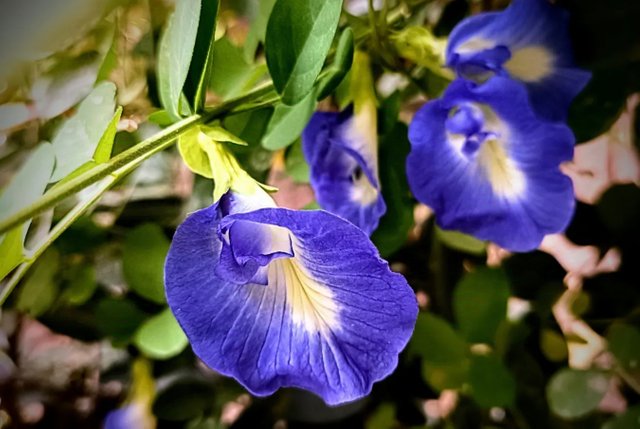
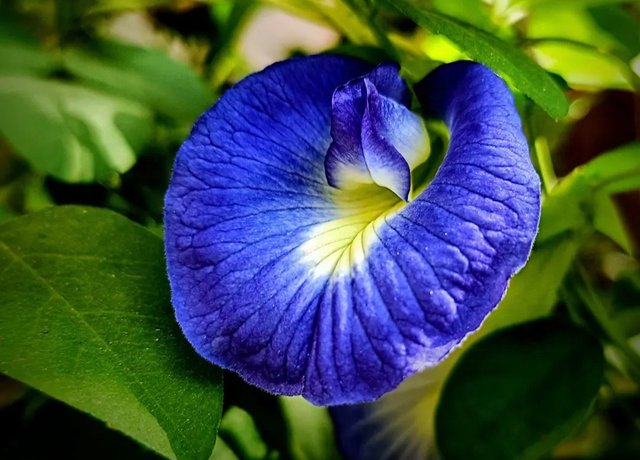
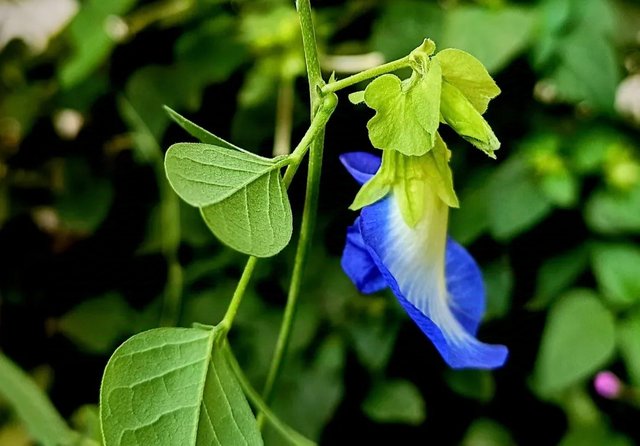
Upvoted! Thank you for supporting witness @jswit.